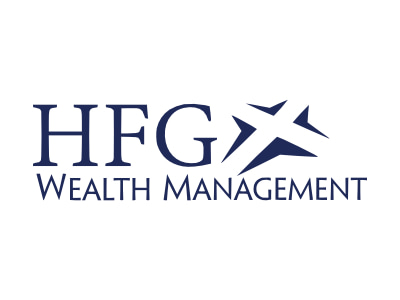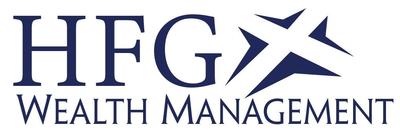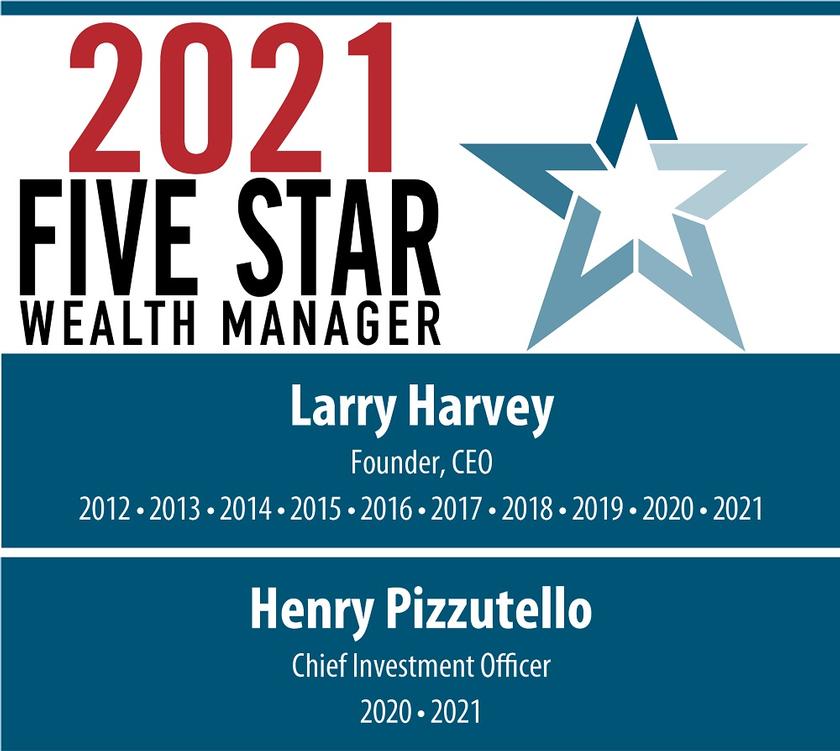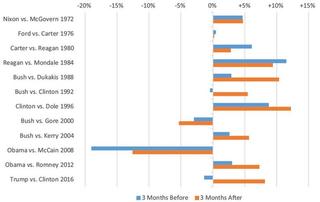- Sections :
- Crime & Public Safety
- Restaurants & Food
- Sports
- More
Categories
Job Changes. . . . How Do You Roll With It?

THE WOODLANDS, Texas - If you’ve changed employers, you may be wondering what to do with your 401(k) plan. It’s important to understand your options. You should ask yourself the following questions:
1.Do I have all of the information needed to make an informed decision?
2.What are the implications of my decision?
If you leave your company, you’ll be entitled to a distribution of your vested balance. Your vested balance always includes your own contributions (pre-tax, after-tax, and Roth) and typically any investment earnings on those amounts. It also includes employer contributions and earnings that have satisfied your plan’s vesting schedule. Depending how your particular plan’s vesting schedule works, you’ll forfeit any employer contributions that haven’t vested by the time you change employers. If you’re on the cusp of vesting, it may make sense to wait a bit before leaving your company.
Don’t Spend It, Roll It!
While this pool of dollars may look attractive, don’t spend it unless you absolutely need to. If you take a distribution you’ll be taxed, at ordinary income tax rates, on the entire value of your account except for any after-tax or Roth 401(k) contributions you’ve made. Additionally, if you’re not yet age 55, an additional 10% penalty may apply to the taxable portion of your payout. Special rules may apply if you receive a lump-sum distribution and you were born before 1936, or if the lump-sum includes employer stock.
If your vested balance is more than $5,000, you can leave your money in your employer’s plan until you reach normal retirement age, but your employer must also allow you to make a direct rollover to an IRA or to another employer’s 401(k) plan. In a direct rollover, the money passes directly from your 401(k) plan account to the IRA or other plan.
Reasons to Roll Over to an IRA:
You generally have more investment choices with an IRA than with an employer’s 401(k) plan. You typically may freely move your money around to the various investments offered by your IRA trustee, and you may divide up your balance among as many of those investments as you want. By contrast, employer-sponsored plans typically give you a limited menu of investments from which to choose.
An IRA may give you more flexibility with distributions. Your distribution options in a 401(k) plan depend on the terms of that particular plan, and your options may be limited. However, with an IRA, the timing and amount of distributions is generally at your discretion (until you reach age 70½ and must start taking required minimum distributions in the case of a traditional IRA).
You can roll over (essentially “convert”) your 401(k) plan distribution to a Roth IRA. You’ll generally have to pay taxes on the amount you roll over (minus any after-tax contributions you’ve made), but any qualified distributions from the Roth IRA in the future will be tax free.
Reasons to Roll Over to Your new Employer’s 401(K) Plan:
Many employer-sponsored plans have loan provisions. If you roll over your retirement funds to a new employer’s plan that permits loans, you may be able to borrow up to 50% of the amount you roll over if you need the money. You can’t borrow from an IRA—you can only access the money in an IRA by taking a distribution, which may be subject to income tax and penalties. You can, however, give yourself a short-term loan from an IRA by taking a distribution, and then rolling the dollars back to an IRA within 60 days.)
You may be able to postpone required minimum distributions. For traditional IRAs, these distributions must begin by April 1 following the year you reach age 70½. However, if you work past that age and are still participating in your employer’s 401(k) plan, you can delay your first distribution from that plan until April 1 following the year of your retirement. (You also must own no more than 5% of the company.
Finally, when evaluating whether to initiate a rollover, always be sure to:
1.Ask about possible surrender charges that may be imposed by your employer plan, or new surrender charges that your IRA may impose.
2.Compare investment fees and expenses charged by your IRA (and investment funds) with those charged by your employer plan (if any).
3.Understand any accumulated rights or guarantees that you may be giving up by transferring funds out of your employer plan.
The information above is intended to assist in making an informed decision, but consult your own advisor or contact HFG Wealth Management for a consultation. At HFG Wealth Management, we embrace a more holistic method of financial planning known as Financial Life Planning™. We believe this is a financially effective and personally rewarding approach to creating a practical, lasting financial plan. As financial professionals using the life planning approach, our purpose is to assist individuals and families in creating a long-term vision that is consistent with their core values. At HFG we recognize that life events and life transitions can impact your financial responsibilities and your vision of the future. We are here to provide you with tips and strategies to get you started and help you reach your financial and life goals at every stage. For more information, please visit www.hfgwm.com or call 832.585.0110
1.Do I have all of the information needed to make an informed decision?
2.What are the implications of my decision?
If you leave your company, you’ll be entitled to a distribution of your vested balance. Your vested balance always includes your own contributions (pre-tax, after-tax, and Roth) and typically any investment earnings on those amounts. It also includes employer contributions and earnings that have satisfied your plan’s vesting schedule. Depending how your particular plan’s vesting schedule works, you’ll forfeit any employer contributions that haven’t vested by the time you change employers. If you’re on the cusp of vesting, it may make sense to wait a bit before leaving your company.
Don’t Spend It, Roll It!
While this pool of dollars may look attractive, don’t spend it unless you absolutely need to. If you take a distribution you’ll be taxed, at ordinary income tax rates, on the entire value of your account except for any after-tax or Roth 401(k) contributions you’ve made. Additionally, if you’re not yet age 55, an additional 10% penalty may apply to the taxable portion of your payout. Special rules may apply if you receive a lump-sum distribution and you were born before 1936, or if the lump-sum includes employer stock.
If your vested balance is more than $5,000, you can leave your money in your employer’s plan until you reach normal retirement age, but your employer must also allow you to make a direct rollover to an IRA or to another employer’s 401(k) plan. In a direct rollover, the money passes directly from your 401(k) plan account to the IRA or other plan.
Reasons to Roll Over to an IRA:
You generally have more investment choices with an IRA than with an employer’s 401(k) plan. You typically may freely move your money around to the various investments offered by your IRA trustee, and you may divide up your balance among as many of those investments as you want. By contrast, employer-sponsored plans typically give you a limited menu of investments from which to choose.
An IRA may give you more flexibility with distributions. Your distribution options in a 401(k) plan depend on the terms of that particular plan, and your options may be limited. However, with an IRA, the timing and amount of distributions is generally at your discretion (until you reach age 70½ and must start taking required minimum distributions in the case of a traditional IRA).
You can roll over (essentially “convert”) your 401(k) plan distribution to a Roth IRA. You’ll generally have to pay taxes on the amount you roll over (minus any after-tax contributions you’ve made), but any qualified distributions from the Roth IRA in the future will be tax free.
Reasons to Roll Over to Your new Employer’s 401(K) Plan:
Many employer-sponsored plans have loan provisions. If you roll over your retirement funds to a new employer’s plan that permits loans, you may be able to borrow up to 50% of the amount you roll over if you need the money. You can’t borrow from an IRA—you can only access the money in an IRA by taking a distribution, which may be subject to income tax and penalties. You can, however, give yourself a short-term loan from an IRA by taking a distribution, and then rolling the dollars back to an IRA within 60 days.)
You may be able to postpone required minimum distributions. For traditional IRAs, these distributions must begin by April 1 following the year you reach age 70½. However, if you work past that age and are still participating in your employer’s 401(k) plan, you can delay your first distribution from that plan until April 1 following the year of your retirement. (You also must own no more than 5% of the company.
Finally, when evaluating whether to initiate a rollover, always be sure to:
1.Ask about possible surrender charges that may be imposed by your employer plan, or new surrender charges that your IRA may impose.
2.Compare investment fees and expenses charged by your IRA (and investment funds) with those charged by your employer plan (if any).
3.Understand any accumulated rights or guarantees that you may be giving up by transferring funds out of your employer plan.
The information above is intended to assist in making an informed decision, but consult your own advisor or contact HFG Wealth Management for a consultation. At HFG Wealth Management, we embrace a more holistic method of financial planning known as Financial Life Planning™. We believe this is a financially effective and personally rewarding approach to creating a practical, lasting financial plan. As financial professionals using the life planning approach, our purpose is to assist individuals and families in creating a long-term vision that is consistent with their core values. At HFG we recognize that life events and life transitions can impact your financial responsibilities and your vision of the future. We are here to provide you with tips and strategies to get you started and help you reach your financial and life goals at every stage. For more information, please visit www.hfgwm.com or call 832.585.0110
Comments •



















